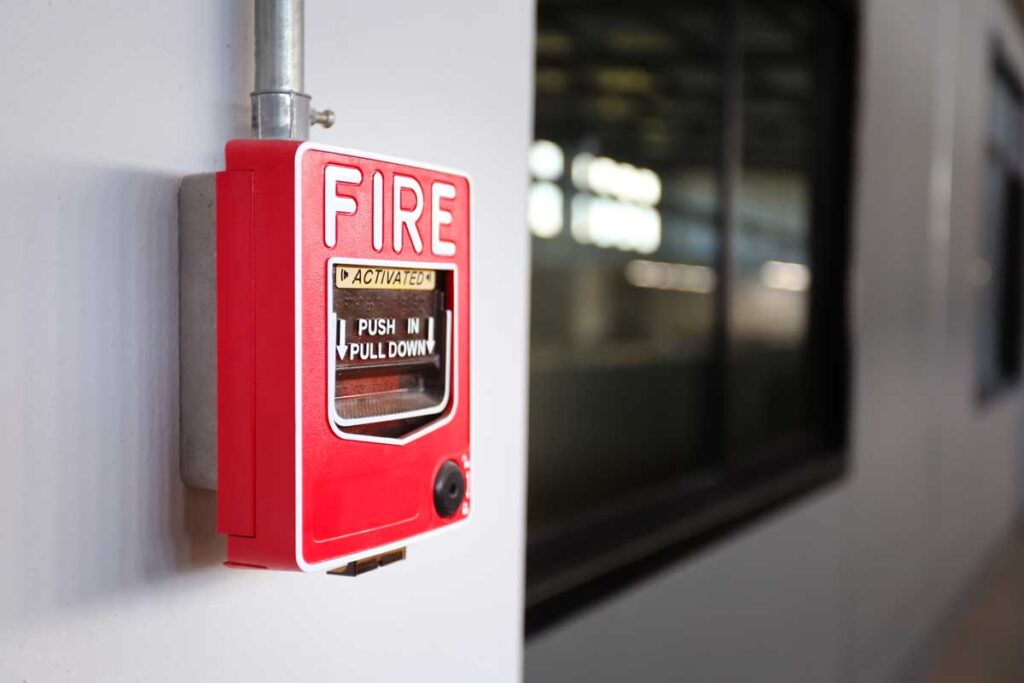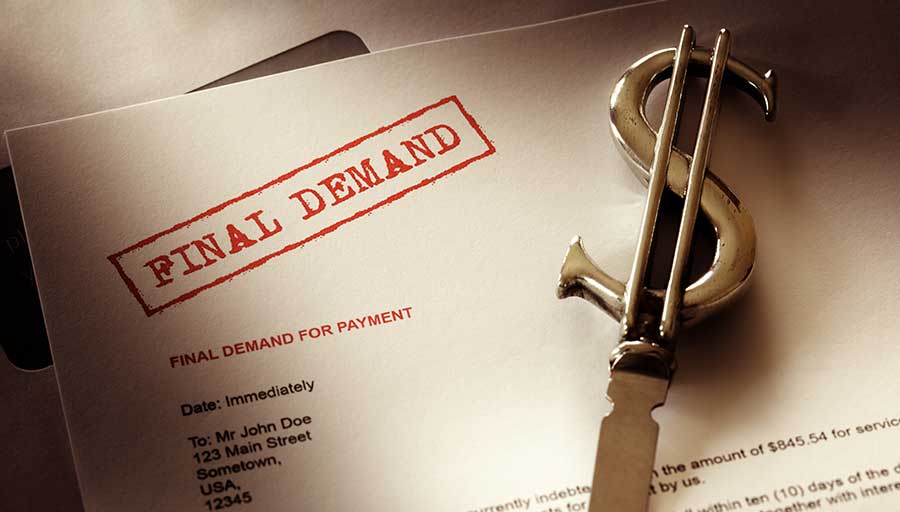Alarm customer [a restaurant in California] sued its insurance carrier to pay for a fire loss. The carrier refused to pay because the insurance policy included “a “Protective Safeguards” endorsement conditioning coverage for fire damage on Mama K’s maintaining an automatic fire alarm protecting the entire building.”
It was undisputed that the “restaurant only had an automatic burglar alarm system monitored by a security company. The burglar alarm system keypad had a button marked “fire,” but that button had to be pressed by someone to trigger an alarm. The fire happened at 1:00 a.m. when no one was inside the restaurant to press the “fire” button on the keypad.”
The insurance policy contained the following: “We will not pay for loss or damages caused by or resulting from fire if, prior to the fire you:.. b. Failed to maintain any protective safeguard as designated at each premises by symbol in the Declarations and over which you have control, in complete working order..” Long story, short, the carrier prevailed and the customer had no insurance coverage.
Lesson learned the hard way for the restaurant. The alarm company [not named in the lawsuit or mentioned by name] should have offered a fire alarm, not just a burglar alarm. In this scenario the alarm company would have used the Commercial All in One for the security system and the Disclaimer Notice to emphasize that a fire alarm was recommended and refused by the customer; also that the panel button with the word “fire” was not a fire alarm.
The court’s decision didn’t discuss whether that button would have triggered a fire alarm response because it was undisputed that the fire occurred at night when there was no one at the premises to press the button anyway. It’s cases like this that should be in your sales personnel sales pitch; not just to sell the fire alarm but to protect the alarm company from criticism for not offer a fire alarm or making it seem like the fire button was a fire alarm.
*Case is Mama K’s Diner v AMCO



